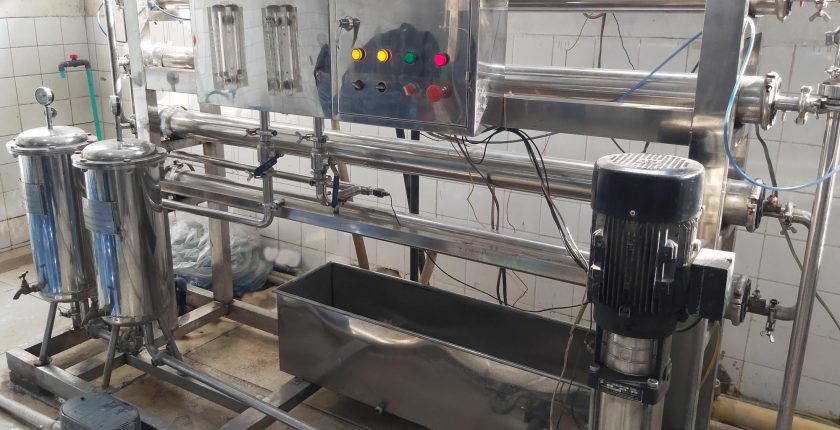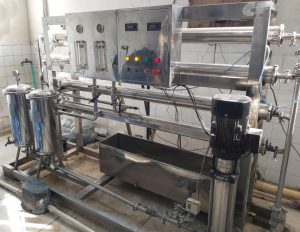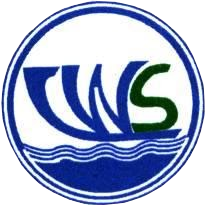Water Purification
Purification Method: Reverse Osmosis
Reverse osmosis (RO) is a water purification method that removes ions, undesirable compounds, and bigger particles from drinking water through a partially permeable membrane. In reverse osmosis, an applied pressure is utilized to counteract osmotic pressure, which is a colligative property driven by chemical potential differences in the solvent, a thermodynamic variable.
Reverse osmosis can remove a wide range of dissolved and suspended chemical species, as well as biological species (mostly bacteria) from water, and is utilized in both industrial processes and potable water production. As a result, the solute is held on the pressured side of the membrane while the pure solvent passes through. This membrane must not allow large molecules or ions to pass through the pores (holes) in order to be “selective,” but it must enable smaller solution components to pass through.




